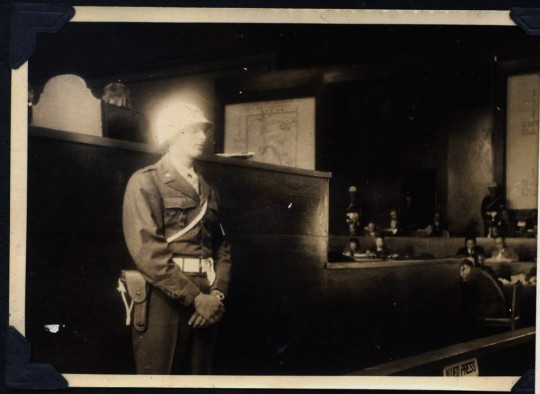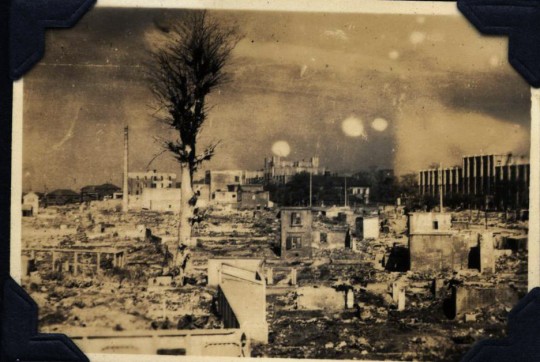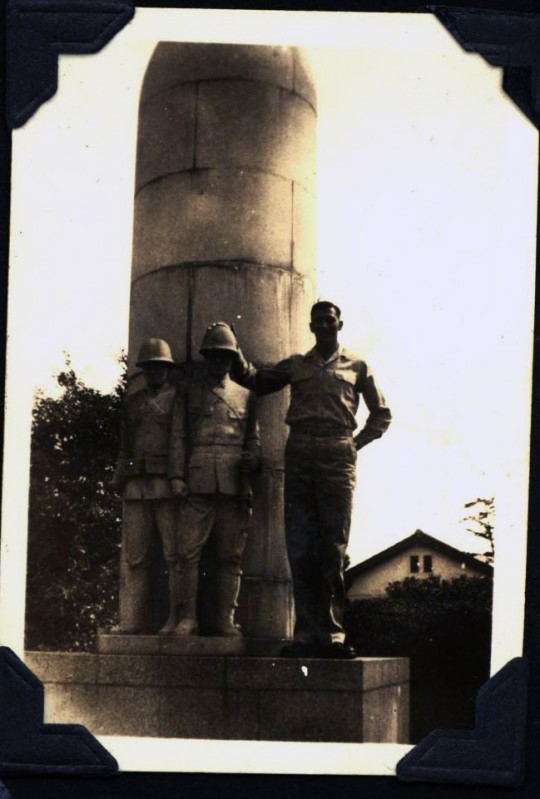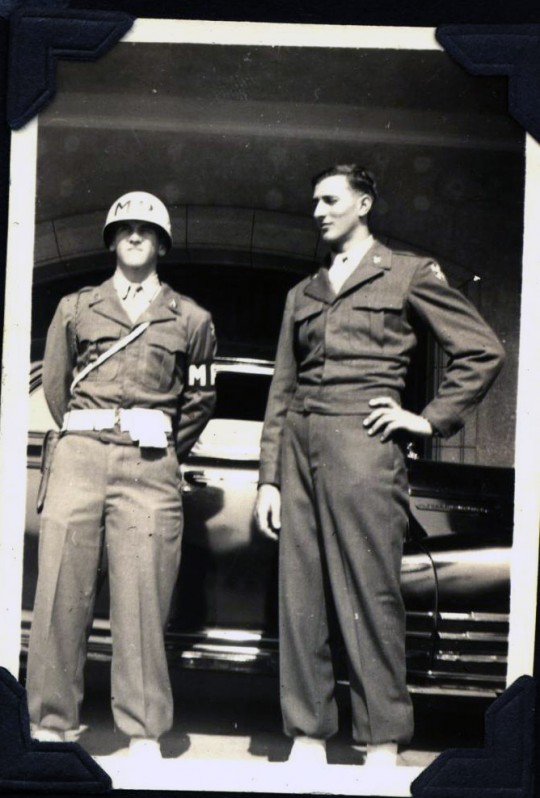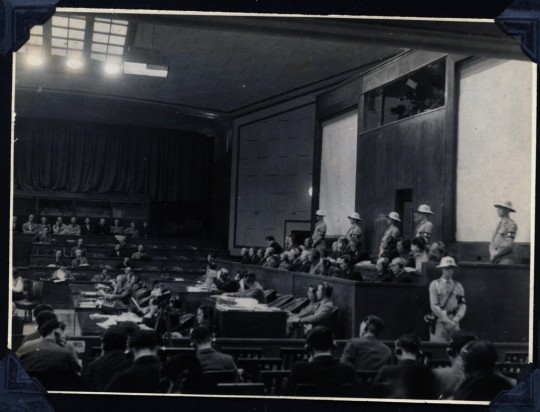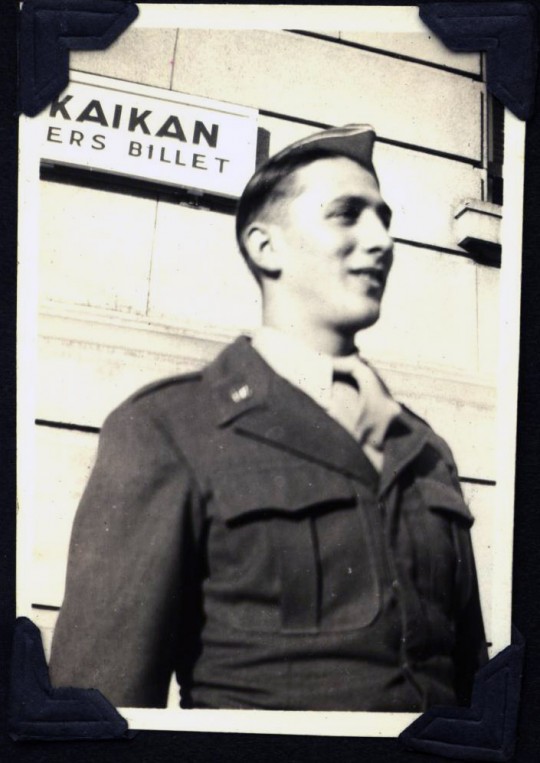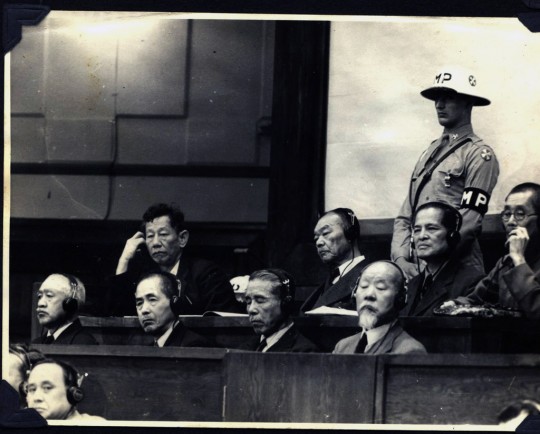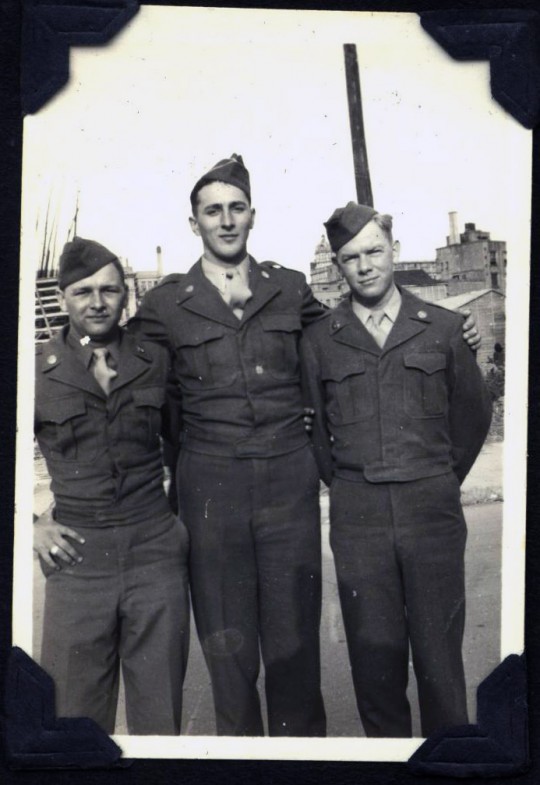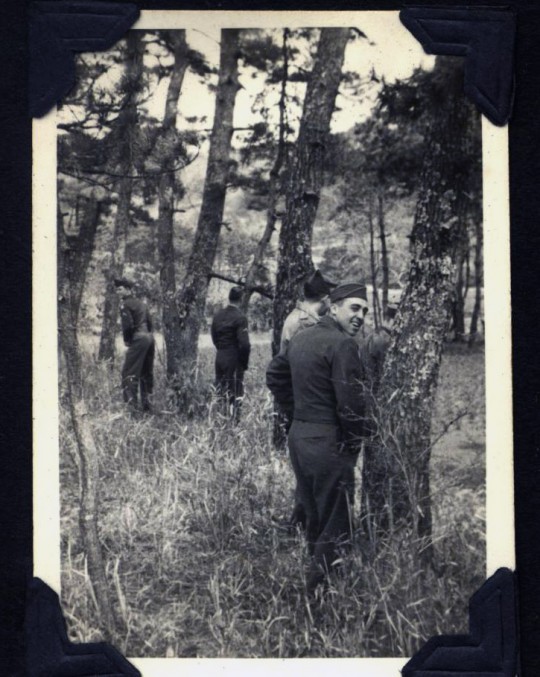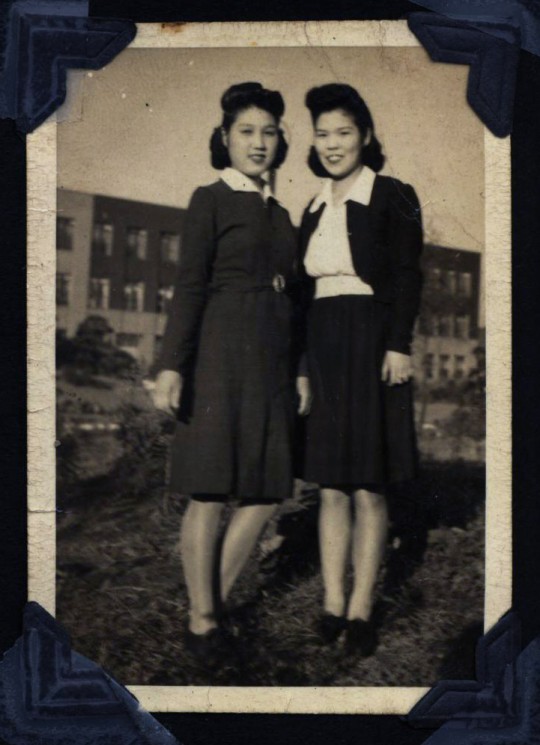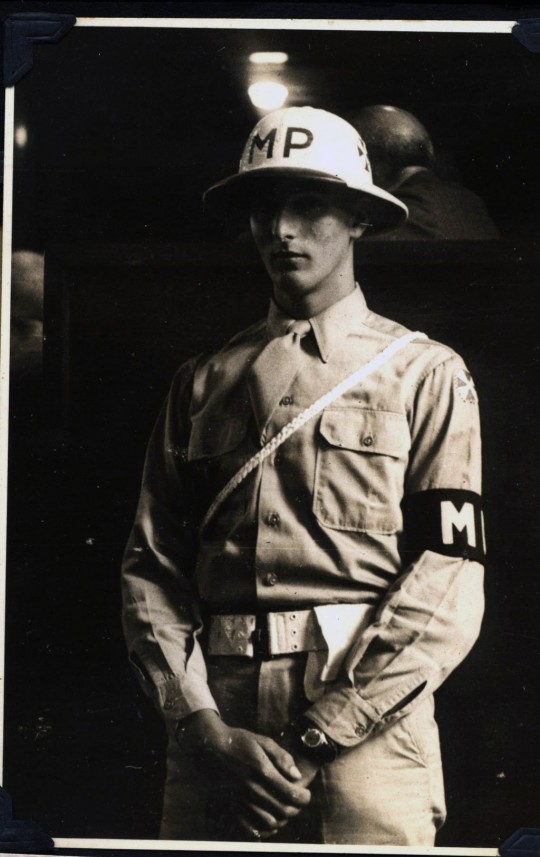
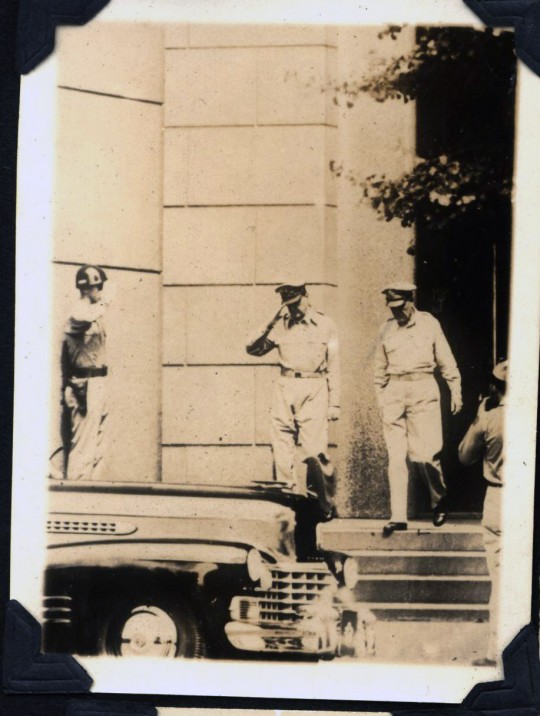
My trip home from Yokahama to the Golden Gate Bridge was uneventful in that the sea was very, very calm, with one exception. Our ship, the Fred C. Ainsworth, was an Army transportation-operated ship. It had a very light load, so the propellers or screws, as they were called, were not fully submerged in the water. Only half of the screws were submerged, while the back half of the ship was out of the water. This made for a very jerky ride. We got into the San Francisco harbor about 4 p.m. and the people on the shore didn’t want to process us, as it was nearing their quitting time, so we spent another night on board the ship. They moved the ship out far enough so no one would jump ship and swim to shore.
After we received our discharge on October 4, 1947, we were taken to the train station for our trip home. While waiting for the train, some of us went into town and purchased civilian clothes. They guy I went with was sorry he didn’t go into the service at age 17, as he spent two years in the service and couldn’t legally purchase a drink in his civilian clothes. Some of the boys did celebrate with booze and drank too much. One boy passed out waiting for the train, and his buddy had to carry him onto the train. Not long after we were on the train, the other boy passed out. Then the first to pass out woke up, and he didn’t know where he was. Ha.
I arrived home on my 21st birthday, October 8, 1949. Japan surrendered in August 1945 and the war crimes trials were already in progress for several months when I arrived there. I was credited by the Army with “wartime service,” as Congress didn’t get around to declaring WWII over until December 30, 1946 and I had already served in the Army for 8 months by then.
Until Mahlon writes the story of his time in the service this will be the first and last, because Bud and Felix left no written story.

